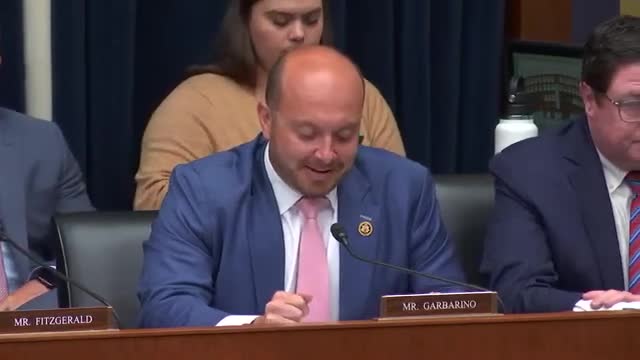Rising regulatory costs threaten new home construction
July 25, 2024 | Financial Services: House Committee, Standing Committees - House & Senate, Congressional Hearings Compilation

This article was created by AI summarizing key points discussed. AI makes mistakes, so for full details and context, please refer to the video of the full meeting. Please report any errors so we can fix them. Report an error »

A recent discussion among government officials highlighted the escalating costs associated with regulations in the construction industry, particularly for new single-family homes. The National Association of Home Builders released a study indicating that stringent government regulations not only inflate development expenses but also contribute to project delays, which further compounds costs.
The meeting revealed a concerning trend of increasing regulatory burdens over the past few years, affecting not only construction but also suppliers and labor. Rising costs for labor and materials, coupled with local and federal regulations—including the Waters of the United States (WoTUS), Environmental Protection Agency (EPA) guidelines, and the Endangered Species Act—have made the development process more cumbersome. Local municipalities have also imposed additional requirements, leading to prolonged hearings and community opposition that hinder timely project approvals.
Officials emphasized the need for federal support to encourage local communities to facilitate quality development. A significant point of discussion was the proposed energy regulation under the International Energy Conservation Code 2021, which is currently under consideration by the Federal Housing Finance Agency (FHFA) for implementation by government-sponsored enterprises like Fannie Mae and Freddie Mac. The regulation is projected to add approximately $31,000 to the cost of each new home, with a payback period estimated between 70 to 90 years. Even alternative estimates from the Department of Housing and Urban Development (HUD) suggest a substantial financial impact, underscoring the ongoing challenges faced by the housing market amid regulatory pressures.
The meeting revealed a concerning trend of increasing regulatory burdens over the past few years, affecting not only construction but also suppliers and labor. Rising costs for labor and materials, coupled with local and federal regulations—including the Waters of the United States (WoTUS), Environmental Protection Agency (EPA) guidelines, and the Endangered Species Act—have made the development process more cumbersome. Local municipalities have also imposed additional requirements, leading to prolonged hearings and community opposition that hinder timely project approvals.
Officials emphasized the need for federal support to encourage local communities to facilitate quality development. A significant point of discussion was the proposed energy regulation under the International Energy Conservation Code 2021, which is currently under consideration by the Federal Housing Finance Agency (FHFA) for implementation by government-sponsored enterprises like Fannie Mae and Freddie Mac. The regulation is projected to add approximately $31,000 to the cost of each new home, with a payback period estimated between 70 to 90 years. Even alternative estimates from the Department of Housing and Urban Development (HUD) suggest a substantial financial impact, underscoring the ongoing challenges faced by the housing market amid regulatory pressures.
View full meeting
This article is based on a recent meeting—watch the full video and explore the complete transcript for deeper insights into the discussion.
View full meeting